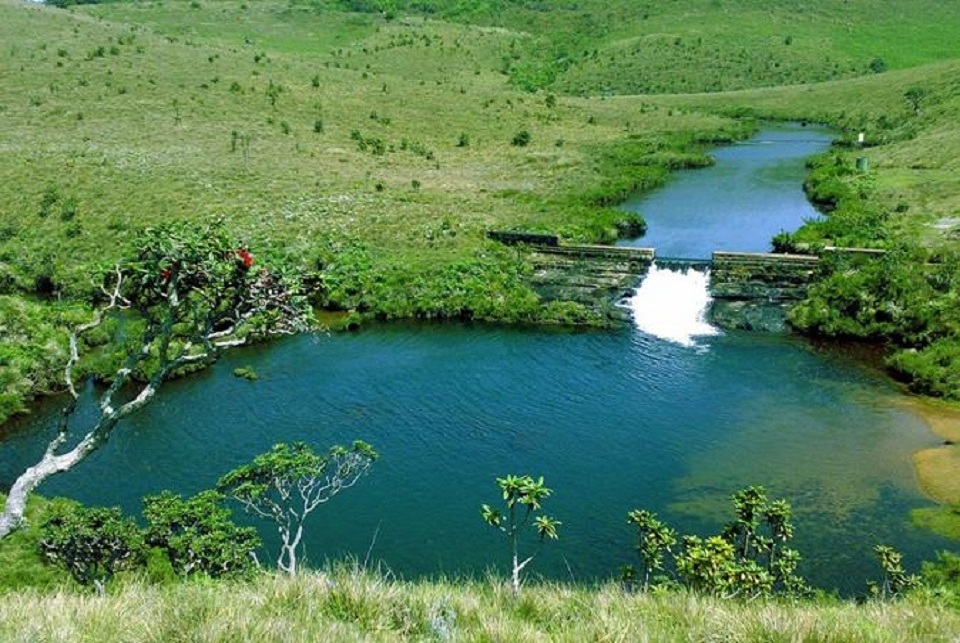Its Origin…
With over 3100 hectares of land space, Horton Plains is where you can find some unique and rich biodiversity. In December 1969, the park was declared a nature reserve and then promoted to being a national park in 1988. Surrounding the plateaus lie some of the highest mountains in Sri Lanka, and adding to the view are beautiful streams that source from the country’s major rivers such as Mahaweli and Kelani rivers.
Experience…
A walk along the nature trail on Horton Plains will show you a collection of misty grasslands, tree ferns, dwarf trees, chilly river streams and waterfalls, making the Plains an awesome natural attraction in Sri Lanka. The World’s End trail is a 5km path where designated tracks are marked out. Park rules should be strictly followed: do not walk anywhere else except for on the specified trail, do not leave trash behind and do not pluck out plants. Such delicate ecosystems need to be maintained well so that our future generations can also enjoy these unique treasures. This is one national park where no vehicles are allowed. The return walk of the World’s End nature trail passes through the beautiful Bakers Falls and Galagama Falls.
World’s End: best timings…
Once you get to the World’s End point, a clear morning will give you a view of the Indian Ocean like a stunning silver crescent. Dawn is the best time to be there as the mountains are free from the mist, hence giving you a breathtaking view. The coolest months in this area are from November to February, while there is also bright sunshine during these months. Rain is expected on random days throughout the rest of the year due to the monsoons affecting the country. Blue Lanka Tours makes sure to schedule a visit to this exclusive natural attraction on all tours covering the hill country of Sri Lanka.
Facts…
Horton Plains consists of:
- Grasslands
- Forest areas
- Unusual Vegetation
- 52 species of endemic birds
- 11 species of migrants
- Sambar can be seen at dusk
- Big Cat Panther, Bear Monkeys, Giant Squirrels, Barking Deer and Fishing Cats are sighted at dawn
- Leopards are a rare sight
- 24 mammal, 9 reptile and 8 amphibian species have been recorded here
- 57 species of vascular plants, 29 of which are endemic to Sri Lanka
- Rich flora such as lichens, tree ferns and mosses
- 87 bird species recorded in the area, 14 of which are endemic
The most prominent trees seen in Horton Plains National Park are the Binara, Dwarf, Bamboo, Patana grass and the Maha Meemana. Elephants were said to have been existent before the 1930s but are not to be seen recently. The unusual vegetation that grows here is unique because these grow only at high altitudes and in cold weather.
The average temperatures here remain between 14-16 degrees Celsius, with a very low humidity of 65%. Frost is quite common during the nights of the cold months. Horton Plains is said to be the coldest and windiest place in all of Sri Lanka. Fog cover occurs during most nights throughout the year and this makes evaporation much slower. Hence the forest does not require a lot of rain to nourish its lush vegetation.

